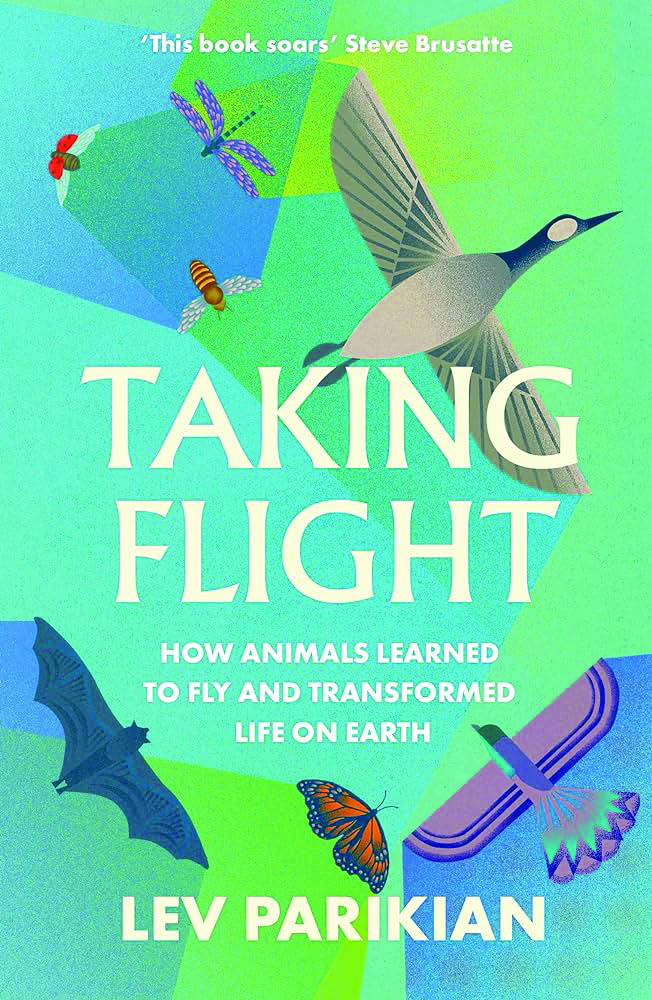The first part is well within our scope. We’ve all done it at some point, usually involuntarily. But missing – that’s different gravy. It is, to put it mildly, hard.
The conundrum facing any wannabe flyer lies in combining lightness with strength. Unless you can do that, you’re doomed to remain earthbound. And the inherent problem is that the very muscles that would give you the strength to lift yourself off the ground also add weight, and thus prevent you from doing it.
So the rest of the body needs to be ultra-light, but strong enough to withstand the extreme forces placed on it by the process. It’s a delicate balance, and easier said than done.
The first animals to fly, more than 300 million years ago, were insects. It proved such a hit that most of their kind took to it, and it led to astonishing diversity – of the 1.5 million described species on the planet, the majority are insects. This abundance means that we and our fellow non-flyers, while we might regard ourselves as ‘successful’, are firmly in the minority.
Insects were followed into the air about 100 million years later by pterosaurs. Cousins of dinosaurs, these extraordinary reptiles (which you might know as ‘pterodactyls’) took flight to its upper size limit, the wingspan of the very largest reaching a staggering 11 metres – imagine that soaring over your local high street.
Hot on their heels came the flying feathered dinosaurs we now know as ‘birds’, which, from hummingbird to albatross and all the stops in between, display the widest range of virtuoso aerobatic skills, giving huge pleasure to many humans in the process.
Advertising helps fund Big Issue’s mission to end poverty
And finally, about 10 million years after the mass extinction event 66 million years ago, bats took to the air. They remain the only mammals so far to develop the ability, and are therefore our closest flying relatives – we should be nicer to them.
In each case, flight has enabled success. With flight, you can escape predators, find food more quickly and disperse widely. Handy if your local habitat is devastated – by fire, for example – but also great for those looking to pursue a migratory lifestyle, moving with the seasons to where life is easier – abundant food for raising a family, comfortable temperatures and so forth.
So the question trembling on everyone’s lips at this point is, if flying’s so great, why isn’t everything doing it?
Some might simply be too heavy. A flying elephant is a lovely idea, but – sorry, Dumbo – those ears just aren’t up to the task. And while there are plenty of species that might, with a bit of adaptation, develop the ability, they’re doing fine on the ground, so why bother?
Some – the gliders known as flying squirrels, flying frogs, flying snakes, flying fish and so on (the word ‘flying’ here is a misnomer) – might already be on that path. Come back in a million years and we might find they’ve gone from gliders to powered flyers.
Might humans one day evolve the power of flight? It would take an extraordinary amount of evolutionary development, and therefore a great deal of time.
Advertising helps fund Big Issue’s mission to end poverty
We should never say ‘never’, but the success we’ve achieved without it suggests we don’t need it.
And meanwhile there are plenty of others for us to cheer on as they swoop, glide and hover above our heads.
Taking Flight: How Animals Learned to Fly and Transformed Life on Earth by Lev Parikian is out now on paperback (Elliott & Thompson, £10.99). You can buy it from The Big Issue shop on Bookshop.org, which helps to support The Big Issue and independent bookshops.
This article is taken from The Big Issue magazine, which exists to give homeless, long-term unemployed and marginalised people the opportunity to earn an income. To support our work buy a copy!
If you cannot reach your local vendor, you can still click HERE to subscribe to The Big Issue today or give a gift subscription to a friend or family member.
You can also purchase one-off issues from The Big Issue Shop or The Big Issue app, available now from the App Store or Google Play
Advertising helps fund Big Issue’s mission to end poverty










